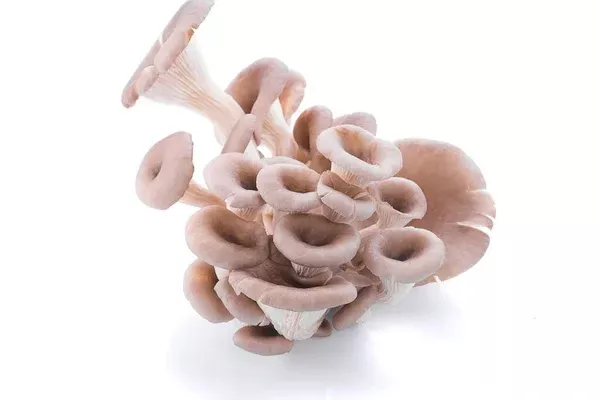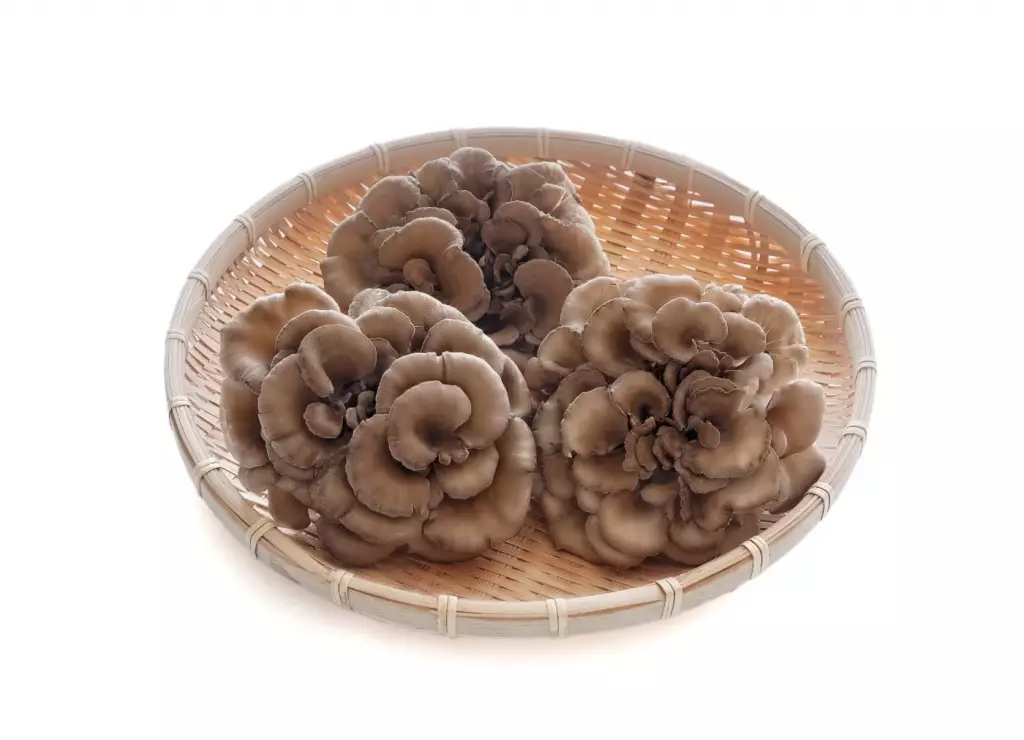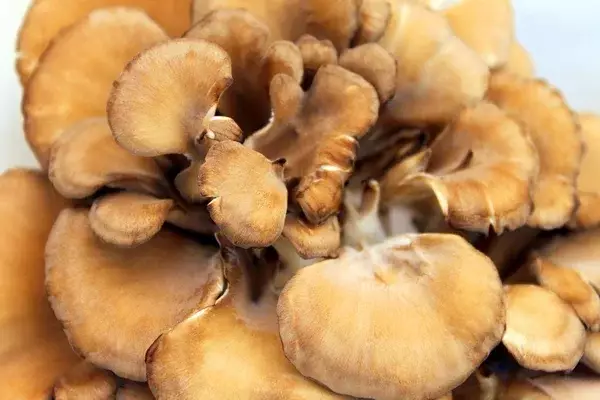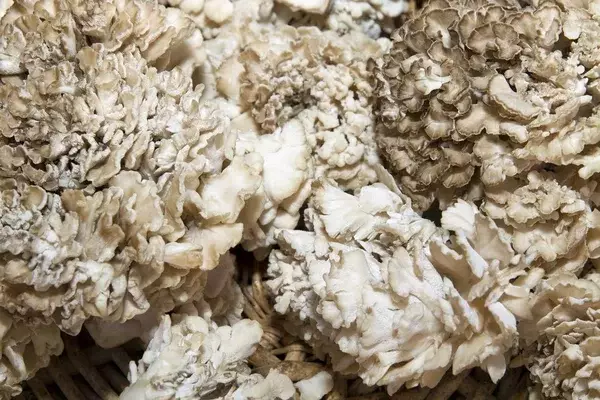How To Grow Maitake Indoors: Do's and Don'ts
Maitake mushrooms, also known as "hen of the woods," are a popular culinary delicacy with numerous health benefits. While they are commonly grown in the wild, they can also be grown indoors, making it easier for mushroom enthusiasts to enjoy them throughout the year. However, growing maitake mushrooms indoors can be a challenging task, and it requires proper care and attention.
To grow maitake mushrooms indoors, you should select the right growing medium, maintain humidity and temperature levels, provide adequate ventilation, use high-quality spawn, and keep the growing area clean. Do not overcrowd, overwater, expose the mushrooms to direct sunlight, neglect sterilization, or rush the process.
In this article, we will discuss the dos and don'ts of growing maitake mushrooms indoors to help you successfully cultivate these delicious and nutritious fungi.
Summary
- Monitor your growing environment closely and make adjustments as needed to ensure the best possible growing conditions.
- By choosing a high-quality growing kit and following the instructions carefully, you can successfully grow maitake mushrooms indoors.
- While adequate ventilation is important, too much stagnant air can also be harmful. Using a fan on a low setting can help circulate the air in your growing environment and prevent the growth of harmful bacteria.

On this page:
What Are the Growing Parameters for Maitake?
To grow maitake mushrooms indoors, below are some dos and don'ts to keep in mind. By following these growing parameters, you can increase your chances of successfully growing maitake mushrooms indoors and enjoying their delicious taste and health benefits.
Do's for growing maitake indoors:
1. Select the right growing medium, such as hardwood sawdust or straw
Maitake mushrooms typically grow well on hardwood sawdust, hardwood chips, or straw. You can purchase pre-made mushroom growing kits that come with the appropriate growing medium, or you can make your own growing medium by mixing hardwood sawdust or chips with wheat bran or other supplements.
It's important to use high-quality ingredients that are free of contaminants and have been properly sterilized. When selecting a growing medium, it's also important to consider the size of the container you will be using and ensure that the medium is suitable for the container size.

2. Maintain consistent temperature and humidity levels
Maintaining a consistent temperature and humidity level is important for successfully growing maitake mushrooms indoors. It's important to note that the ideal temperature and humidity levels may vary slightly depending on the stage of growth, so it's important to monitor the conditions regularly and make adjustments as necessary. Here are some tips to achieve the ideal growing conditions:
Temperature levels for growing maitake indoors:
- Use a thermometer to monitor the temperature inside the growing area regularly.
- Place a heater or air conditioner in the room to maintain a consistent temperature between 60 and 75°F (15 and 24°C).
- Avoid placing the growing area in areas that are prone to temperature fluctuations, such as near windows or doors.
Humidity levels for growing maitake indoors:
- Use a hygrometer to monitor the humidity level inside the growing area regularly.
- Provide a humidifier or a misting system to maintain humidity levels between 85 and 90 percent.
- Avoid exposing the growing area to dry air or drafts, which can cause the humidity levels to drop.
3. Provide adequate ventilation to prevent the growth of harmful bacteria
Here are some tips to achieve proper ventilation:
- Install a fan or air exchange system to circulate air inside the growing area. This will help prevent the growth of harmful bacteria by reducing stagnant air.
- Keep the growing area clean and free of debris. This will prevent the buildup of contaminants that can lead to bacterial growth.
- Ensure that the growing containers are properly spaced to allow for adequate airflow between them.
- Open windows or doors periodically to allow fresh air to circulate throughout the growing area.
4. Use high-quality maitake spawn and inoculate the growing medium properly
Here are the steps to follow:
- Purchase high-quality maitake spawn from a reputable supplier. Make sure the spawn is fresh and free from contamination.
- Prepare the growing medium. Sterilize the growing medium by steaming or boiling it for at least one hour. Let the medium cool down before proceeding.
- Inoculate the growing medium with the maitake spawn. Sprinkle the spawn over the surface of the growing medium and mix it in evenly with a clean, sterile utensil.
5. Keep the growing area clean and practice good hygiene to prevent contamination
Start with a clean and disinfected growing area. Use a solution of bleach and water (one part bleach to nine parts water) to disinfect all surfaces before starting the growing process.
Wear gloves and a face mask when handling the growing medium and mushrooms. This will help prevent the spread of contaminants from your skin and breath.

Don'ts for growing maitake indoors:
1. Overcrowd the growing medium, as this can hinder the growth of the mushrooms
Here are some tips to help you avoid overcrowding:
- Follow the recommended spacing guidelines for your chosen growing method. This will help ensure that each mushroom has enough room to grow and develop properly.
- Monitor the growth of the mushrooms regularly. If you notice that the mushrooms are growing too close together, gently separate them to give them more space.
- If using a substrate bag or container, avoid packing the substrate too tightly. This can limit airflow and lead to overcrowding.
2. Overwater the mushrooms, as this can cause rot and disease
Here are some tips to help you avoid overwatering:
- Allow the growing medium to dry out slightly between waterings. Maitake mushrooms prefer a moist environment, but the growing medium should not be saturated.
- Water the growing medium from the bottom. This can help prevent overwatering by allowing the substrate to absorb water as needed.
- Use a spray bottle to mist the mushrooms and the growing medium. This can help maintain a moist environment without overwatering.
3. Expose the mushrooms to direct sunlight, as this can dry them out
Here are some tips to help you avoid exposing the mushrooms to direct sunlight:
- Choose a location that is well-lit but out of direct sunlight. Maitake mushrooms prefer indirect or filtered light.
- If using artificial light sources, use full-spectrum grow lights that mimic natural light.
- Avoid moving the mushrooms to different locations throughout the day. This can cause fluctuations in temperature and humidity levels, which can be harmful to the mushrooms.
4. Neglect proper sterilization techniques, as this can lead to contamination
Use a clean, dedicated workspace for growing mushrooms. Avoid working in areas where there may be contaminants, such as a kitchen or bathroom. Avoid opening the growing container unnecessarily. This can introduce contaminants into the growing environment.
5. Rush the process - maitake mushrooms can take several months to mature
Here are some tips to help you be patient and diligent in your care:
-
Read and follow the instructions carefully for the particular strain of maitake mushrooms you are growing. Different strains may have different growing requirements and timelines.
-
Resist the urge to make sudden changes to the growing environment or care routine. Consistency is key to the success of your mushroom growth.
-
Regularly check for signs of growth, such as the appearance of mycelium and the formation of mushroom pins.
-
Harvest the mushrooms when they are mature but not overripe. Overripe mushrooms can release spores, which can cause contamination and decrease the yield of future crops.

3 Simple Hacks For Growing Maitake Indoors
While there are tried and true methods for growing maitake mushrooms indoors, there are a few lesser-known hacks that can help improve your success rate. Below are a few hacks to consider when growing maitake mushrooms indoors.
These hacks are not guaranteed to work for everyone, but they are worth considering if you are looking to improve your success rate when growing maitake mushrooms indoors.
1. Try using coffee grounds
Some growers have reported success using coffee grounds as a substrate for growing maitake mushrooms. The acidity of the coffee can help create an optimal growing environment.
2. Use a casing layer
Adding a layer of soil or other casing material on top of your substrate can help retain moisture and promote the growth of fruiting bodies.
3. Adjust the temperature
While the optimal temperature range for maitake mushrooms is 60–75°F (15–24°C), adjusting the temperature slightly can sometimes help stimulate growth. Some growers have reported success by lowering the temperature slightly during the fruiting stage.



